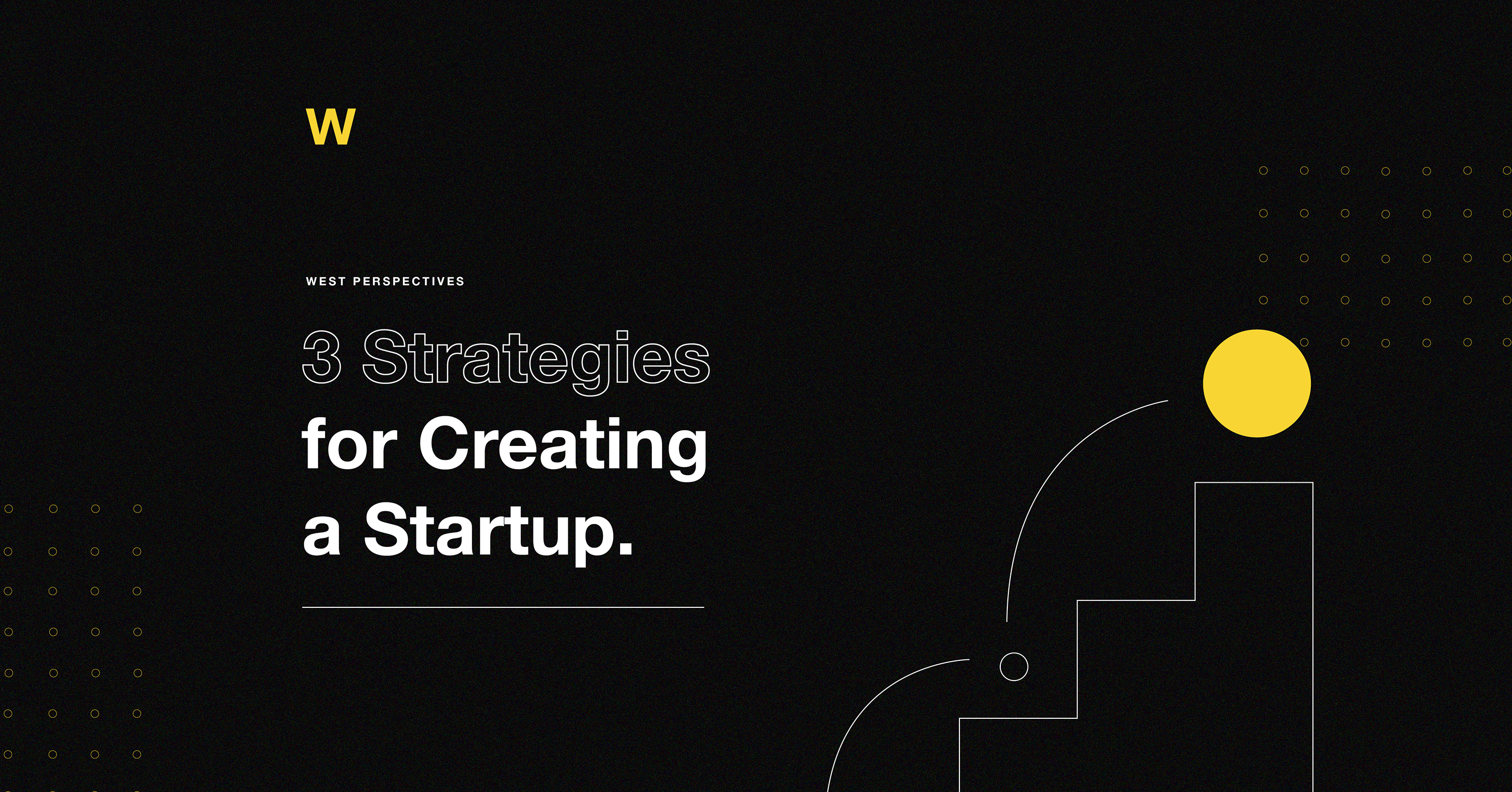This is the first post in a series on the topics that are top-of-mind for founders and the bite-sized building blocks needed for success.
In a recent Quora Session, our Managing Director, Stacy Tarver Patterson, addressed a number of questions on building startup brands and the future of marketing. Today we’re sharing her takeaways on the initial strategies needed to create consumer brands in 2020.
1) Build Community
Get your audience and community profile down to a point that it is so specific and distinctive. Become absolutely obsessed with getting everything right for that well-defined community. On this point, before you do anything, read the short essay ‘1000 true fans’ by Kevin Kelly. Read it weekly, even (call me crazy, but I do).
My simple approach to doing this only requires some light Internet stalking. Find the 10 people who are the best representatives of the consumer you want your brand to serve. Not just 10 people who fit your demographic, but the 10 people you would nominate to be the *spokespeople* for this community. What’s their personality and behavior on key digital platforms? (Keep detailed notes!) Take a look at everything they’ve posted. What are the common buckets of themes and occasions? What is their fashion/lifestyle attitude? How do they express themselves, at what times, and how do they talk about their style? Who are they following? (Make a list in a spreadsheet.) Whose posts do they like, share, comment on? Do they have haters or enemies online? Follow these 10 people, comment on their posts, encourage them, engage them in conversation, make them feel loved and appreciated, and then share your values and vision/what you are building with them.
Repeat this process everyday until you can no longer handle it, and if you’ve laid the groundwork well enough, it should be relatively easy to handoff this process.
2) Embrace who you are NOT for
Always be sharpening what it is you stand for as a brand.
This should be relatively easy (and fun) to do if you’ve built a strong community (see above). One (fun) tool we employ for sharpening brand platforms at West is a hypothetical drinking game. Explain what your brand is about in one sentence. Then pretend you’ve had a drink, and do this again. Now how would you explain it after two drinks… then three drinks? Write each of these down and repeat them out loud. It’s usually the “three drinks” statement that sounds best and lives on.
You'll also have to be so convinced in this direction that it won't bother you when people don't get it. Some people will even hate it –– that's when you know you have a strong POV that is worthy of people's love and attention.
3) Strive for a benchmark-setting end-to-end experience
Shopping is an emotive experience, especially in the world of fashion. Even convenience shopping and Amazon fall into this category for me, because frustration is an emotion and it sits on the other side of failing to provide convenience.
Understand what emotion(s) you are optimizing for when you are building your commerce front end. What mindset are your customers coming in with and what do you want them to leave with? If you can remember back to a foot traffic and B&M shopping time, the experience of shopping had evolved so much.
It is still surprising to me that when it comes to e-commerce, white background gridwalls still largely prevail, with only a handful of really successful experiences starting to change that. This is getting quite tactical, but experiment with things like video on your product detail pages and collection pages (or better yet, a unique format you can own) to evoke the right type of emotion you want shoppers to feel when they are shopping your brand.
Remember that there are 5 senses. Outside of your own platform, fully map out everywhere your community can and will come into contact with your brand. Then complete the same exercise of identifying which emotion you are optimizing for at each touchpoint, and make sure you are addressing each one adequately. My colleague Jeremy Lind at West has a great template available for this exercise here.
For more takeaways on marketing and startups, follow Stacy on LinkedIn.


No Comments.